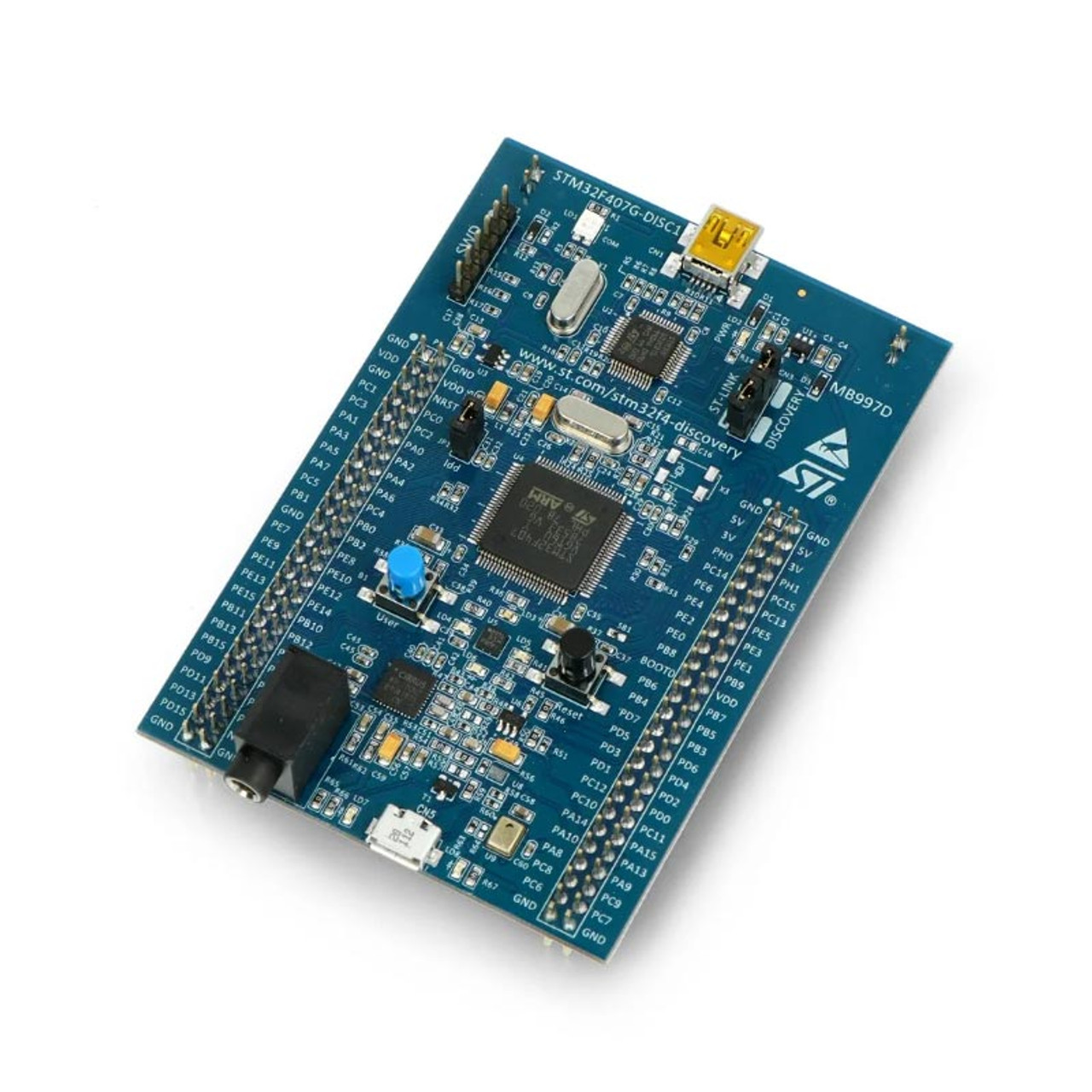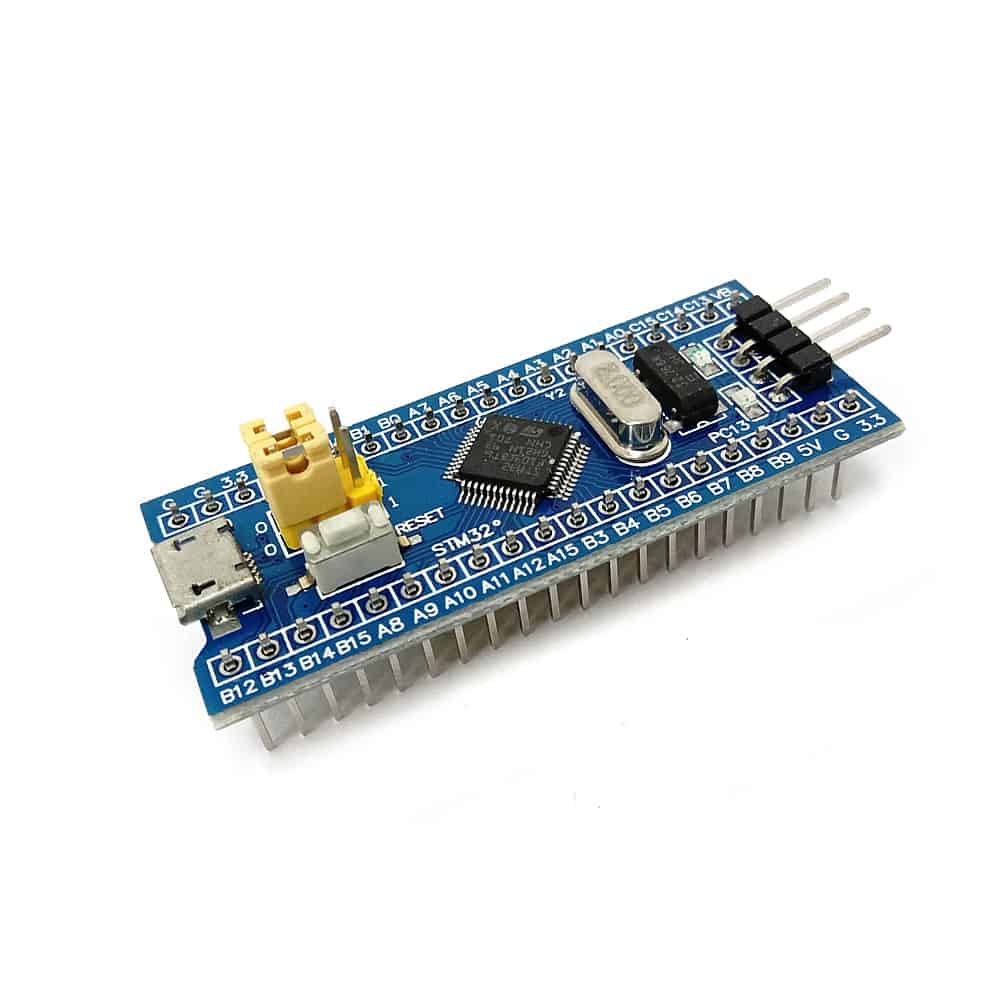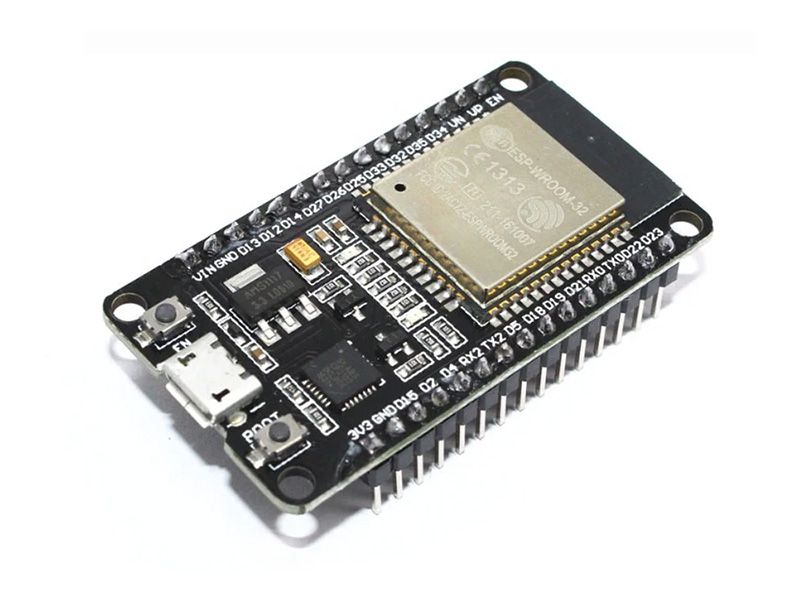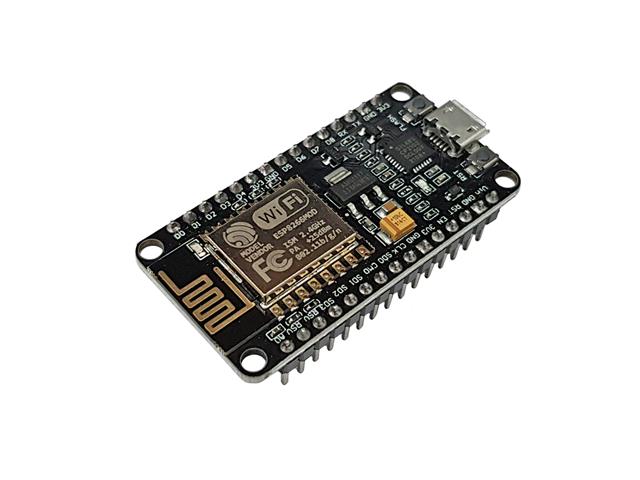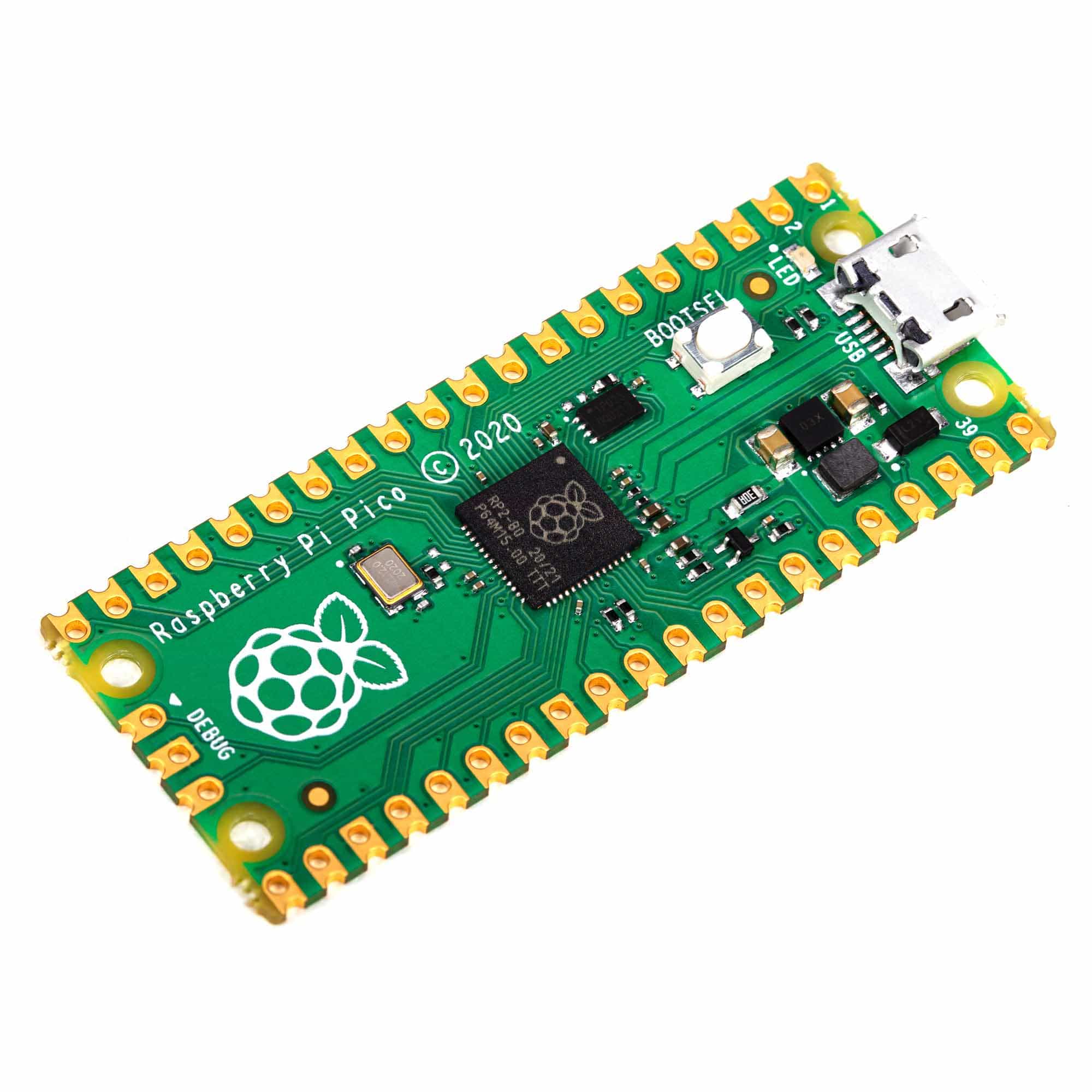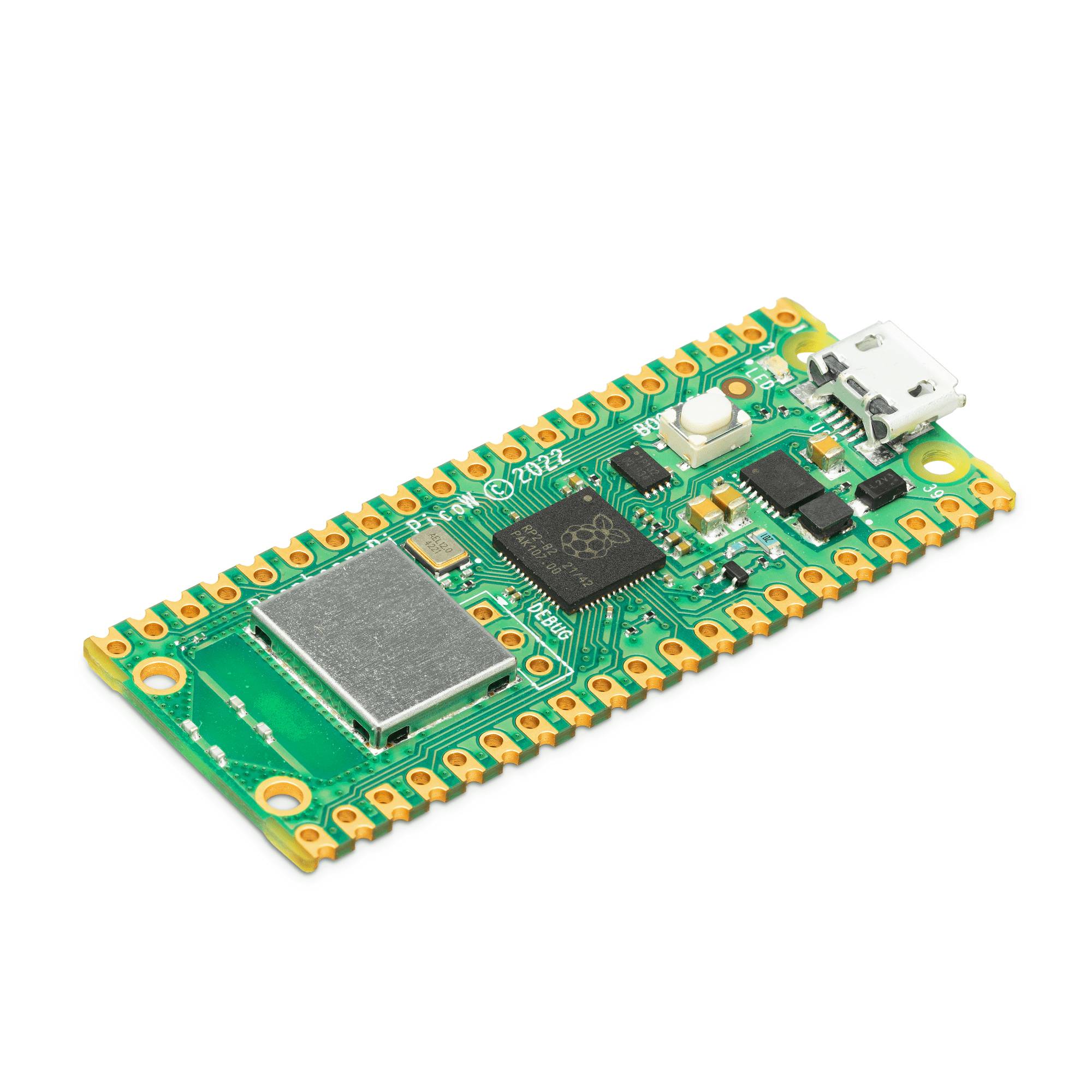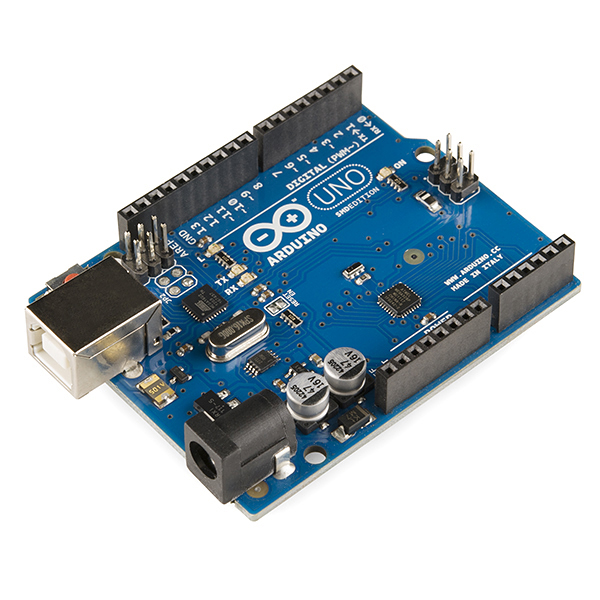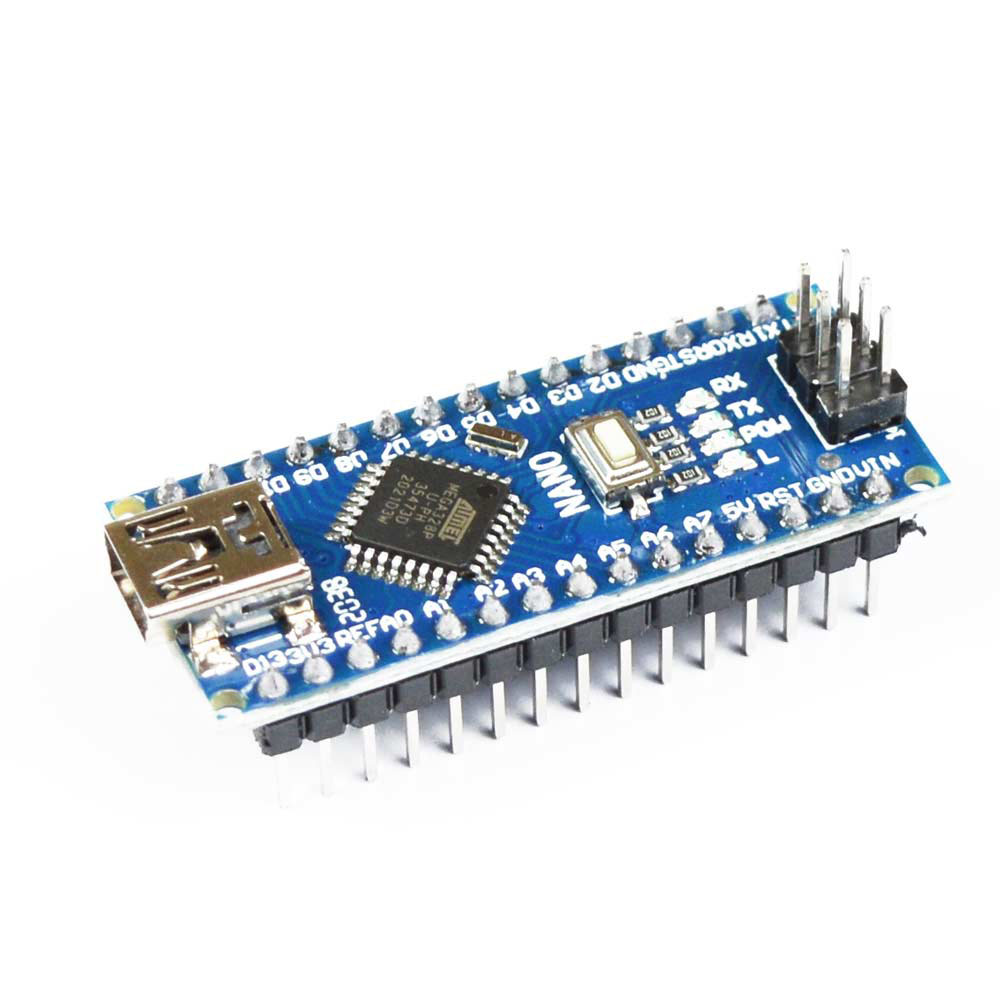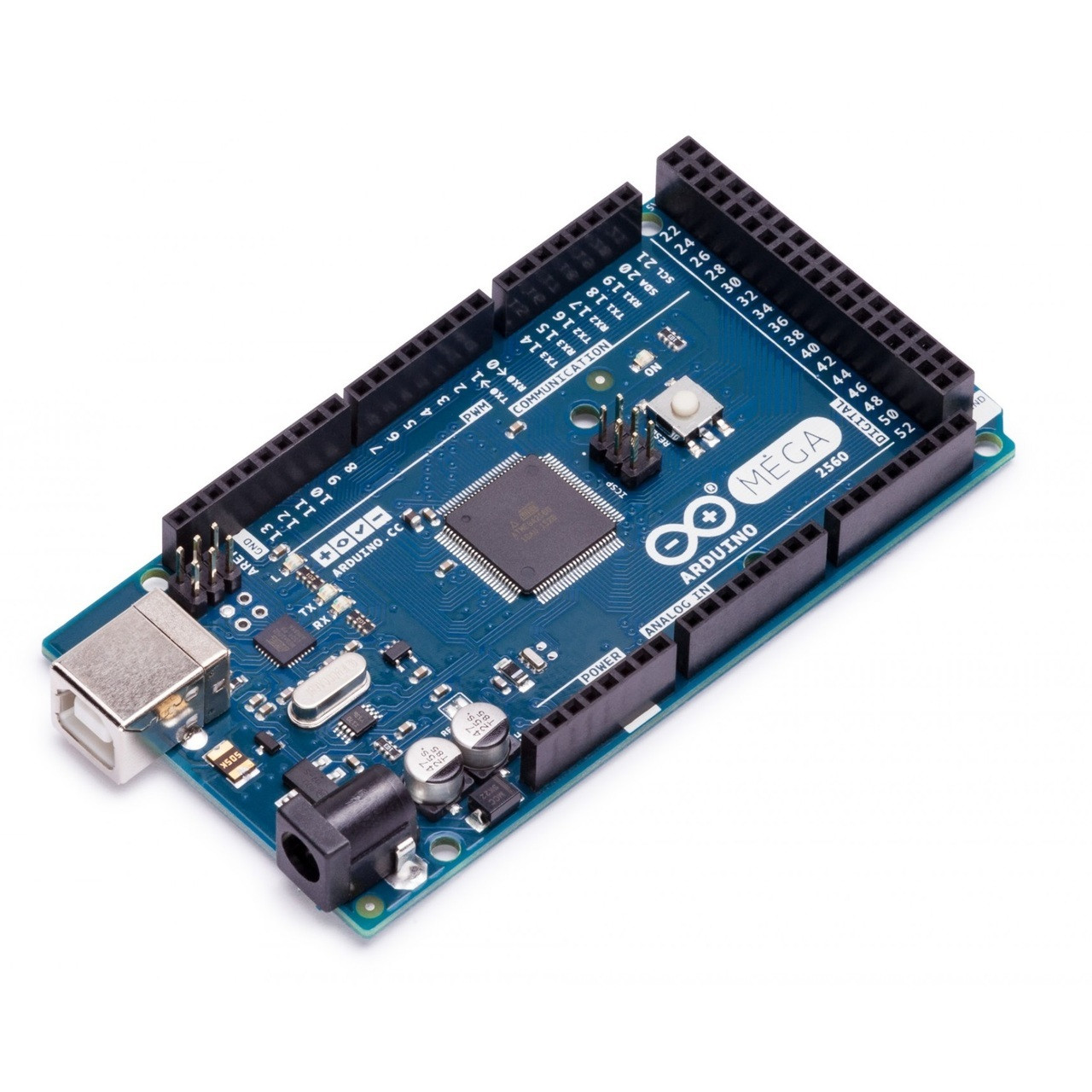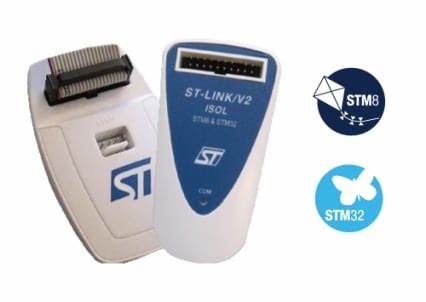Getting Started
Introduction
Before we start, it is important to understand the concepts of hardware and software. Hardware refers to the electronic and mechanical components of a system. Software is a combination of instructions, programs, data, and documentation used to program and perform specific tasks. An embedded system is a combination of both hardware and software, designed to perform a specific task. The hardware and software used in embedded systems are task-specific. Commonly, microcontrollers are used in embedded systems due to their programmability and ease of use. Programs are written specifically for the microcontroller and are uploaded using a device programmer.
Let’s visually introduce some of the controllers and tools we will be using in this tutorial.
Controllers
1. STM32 Controllers
Attention
Original Blue Pill has STM32F103C8 microcontroller. But in Nepal, it usually comes with STM32F103C6 microcontroller.
2. ESP Controllers
3. Raspberry Pi Controllers
4. Arduino Controllers
Note
Rashberry PI PICO W is extension of Rashberry PI PICO with Infenion CYW43439 connectivity chip.
Device Programmers and Debuggers
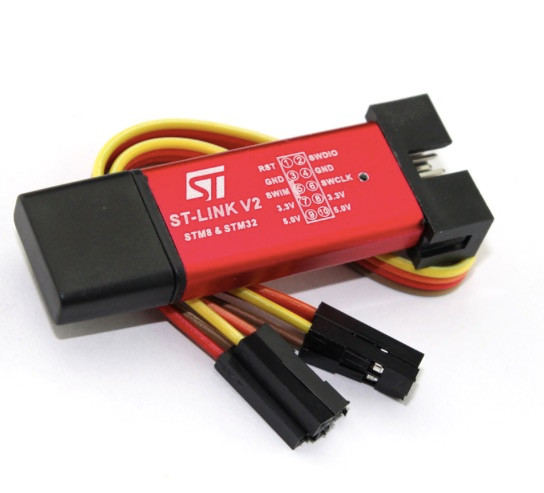
ST-Link V2 |
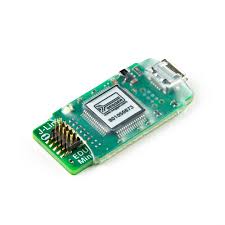
JLink Edu Mini |
Programming and Scripting Laguages
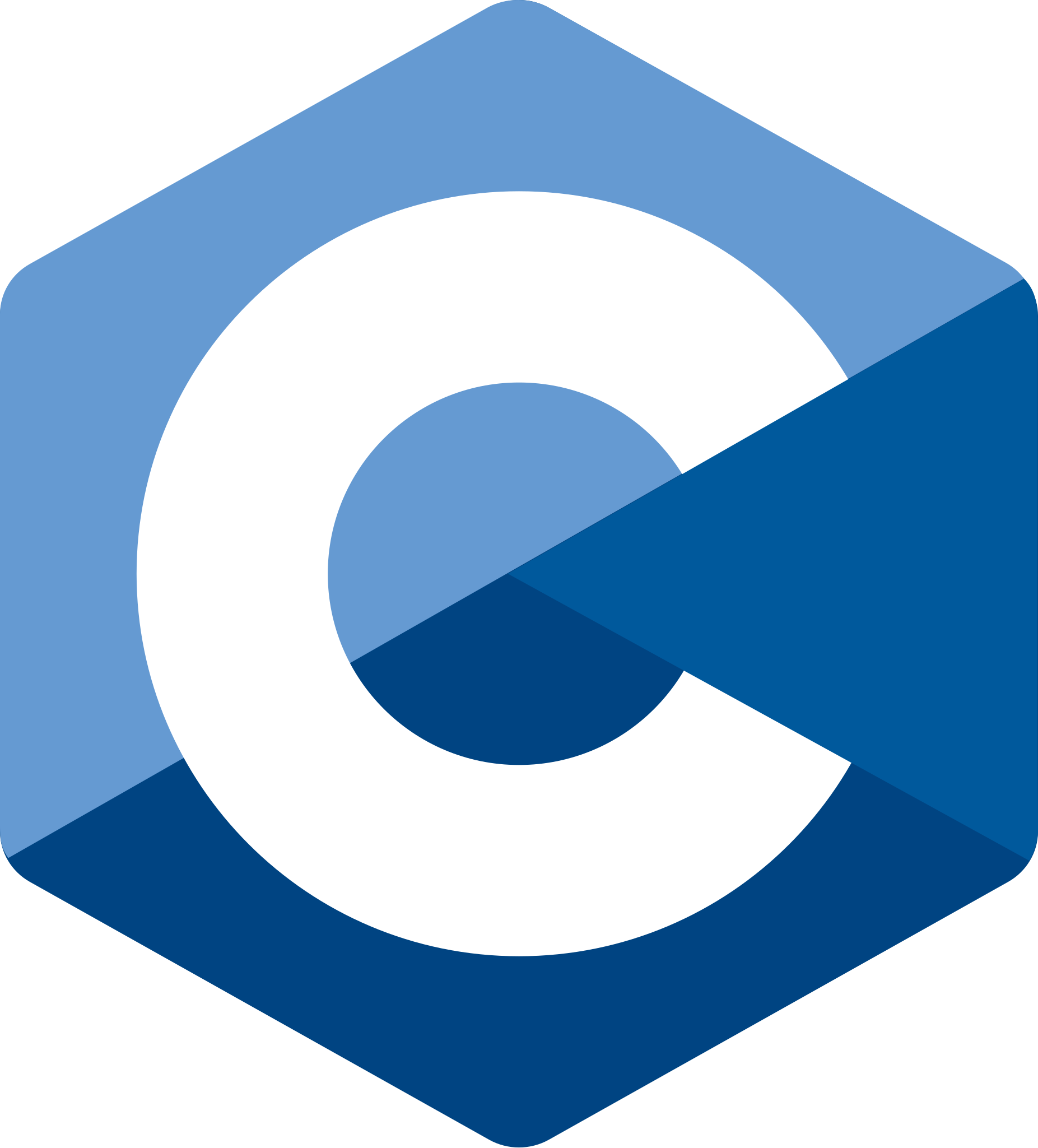
C |
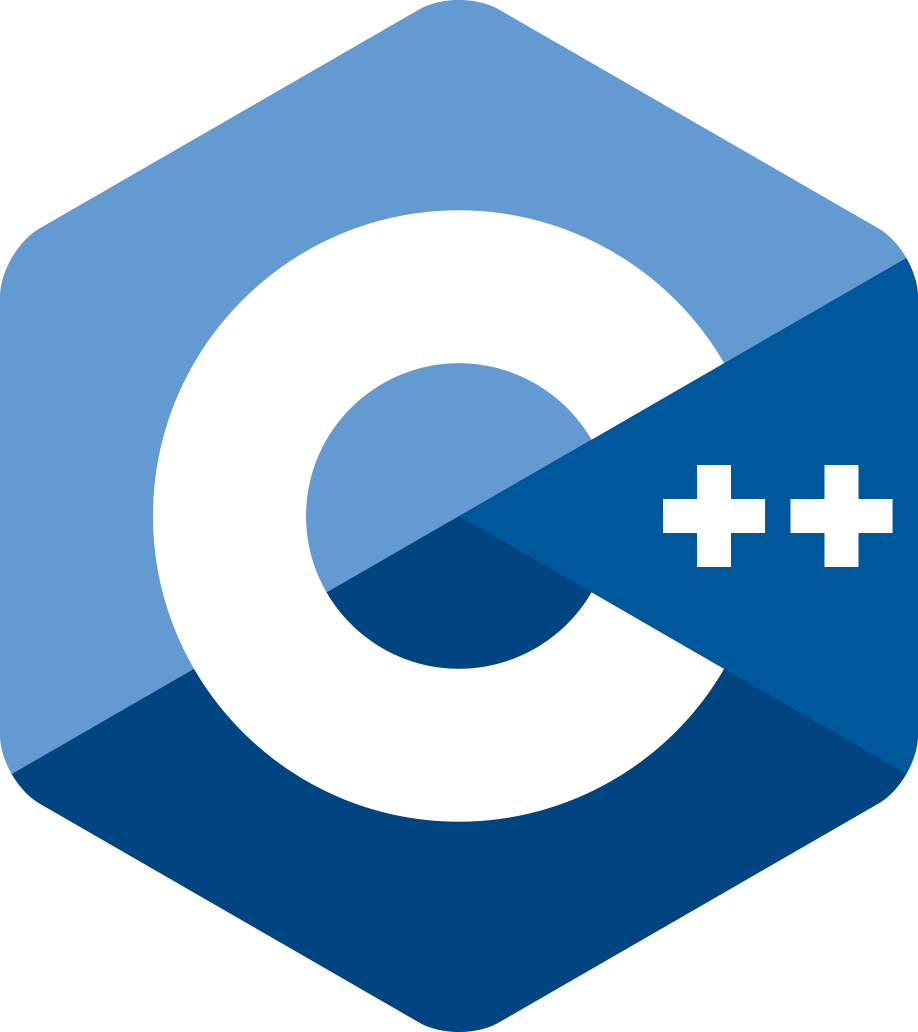
C++ |
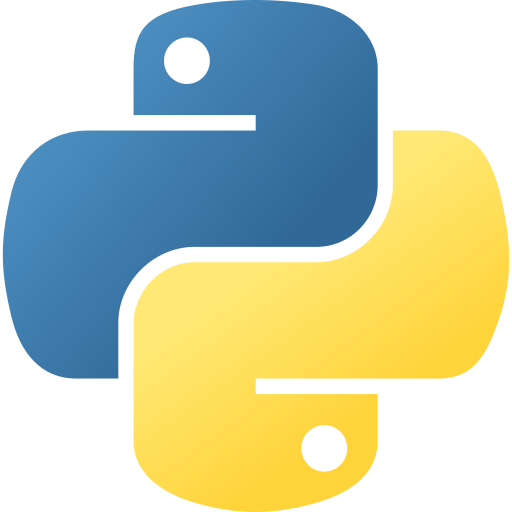
Python |
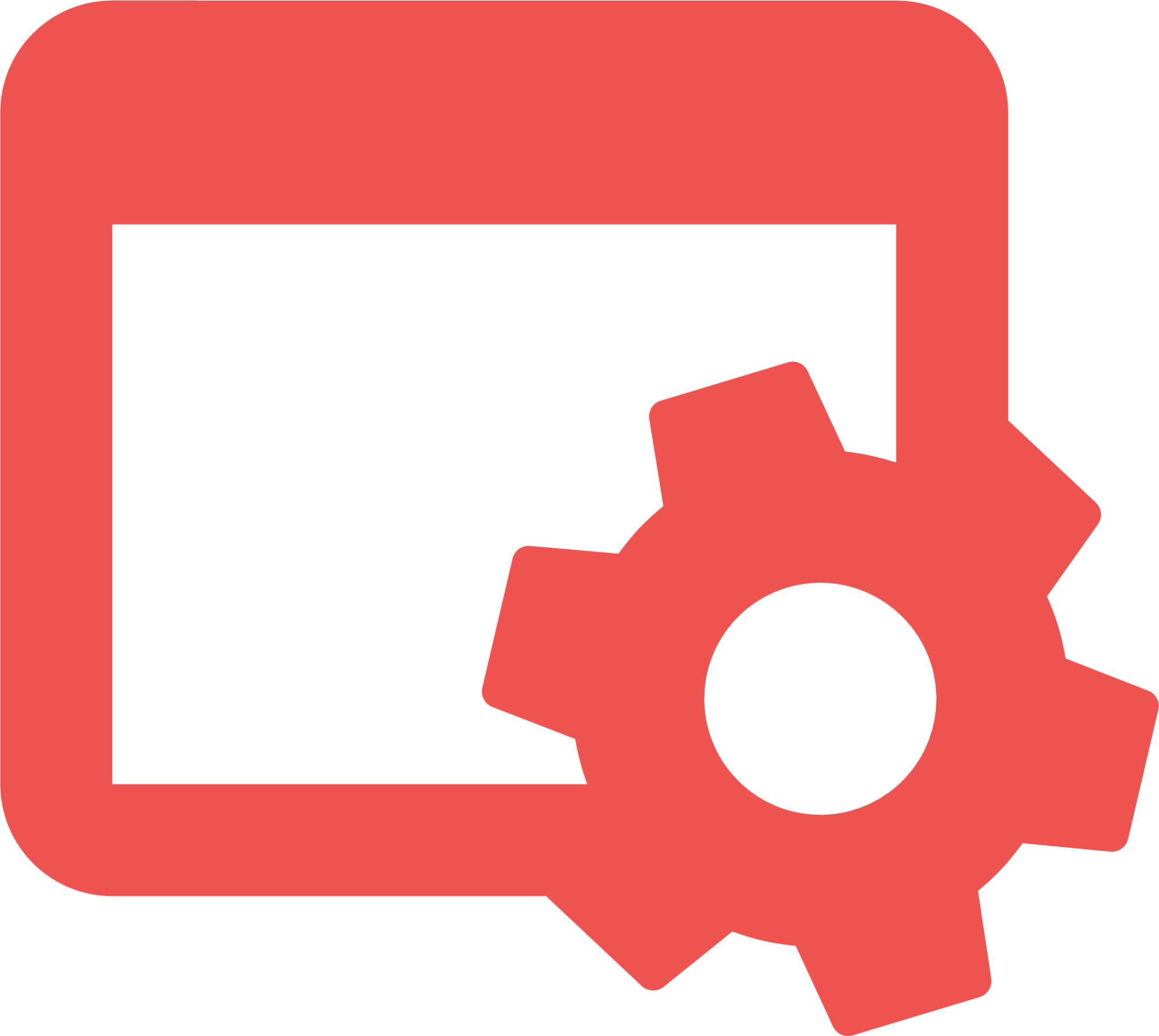
Make |
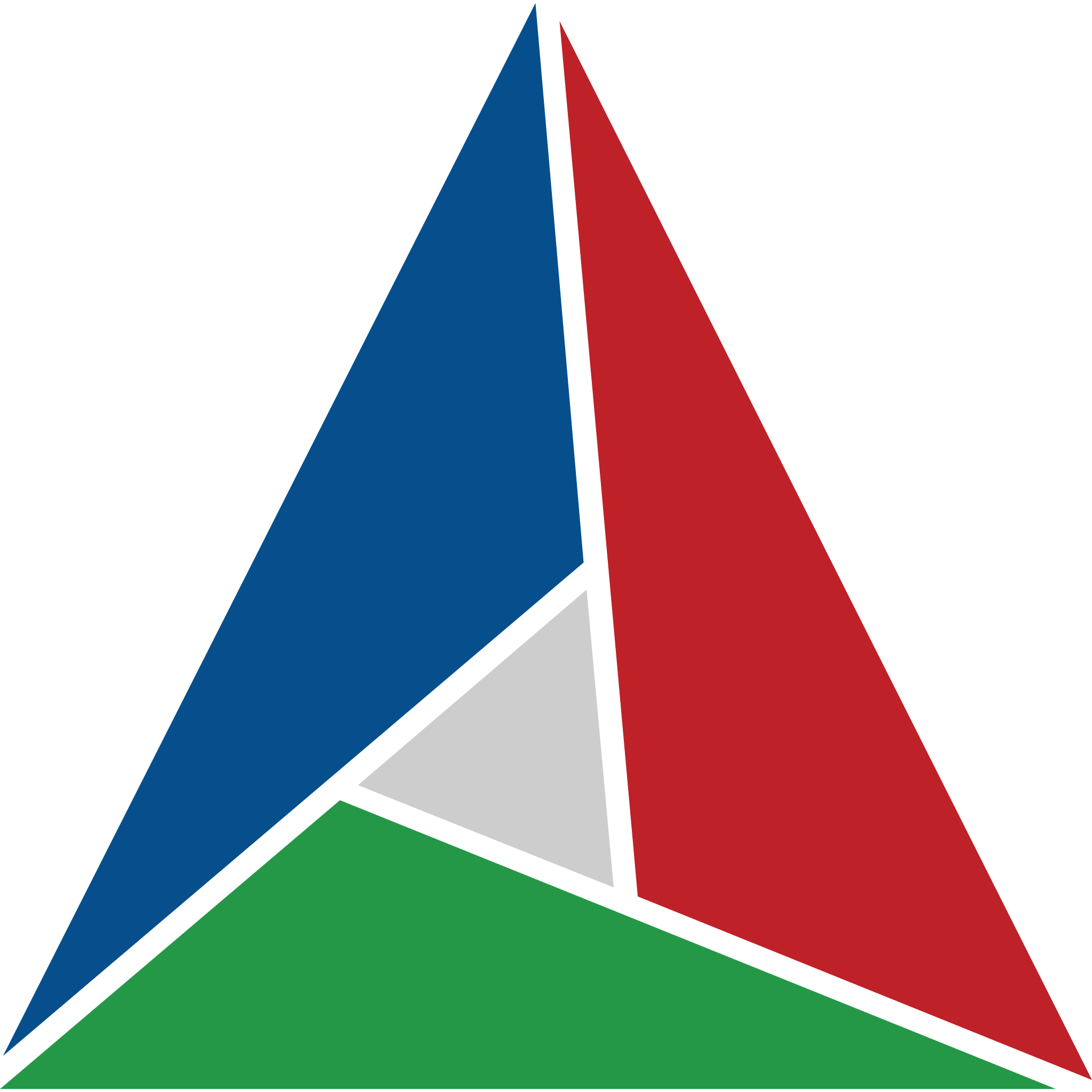
CMake |
Bash |
Softwares and SDKs are on next installation guide.
